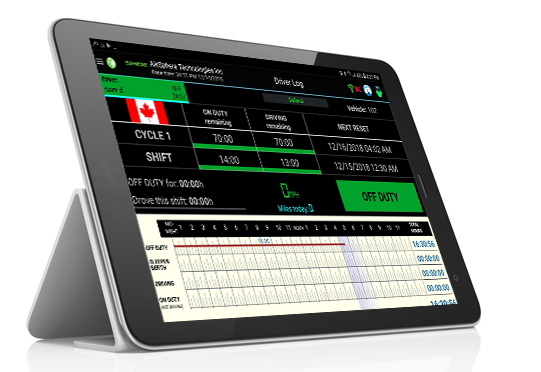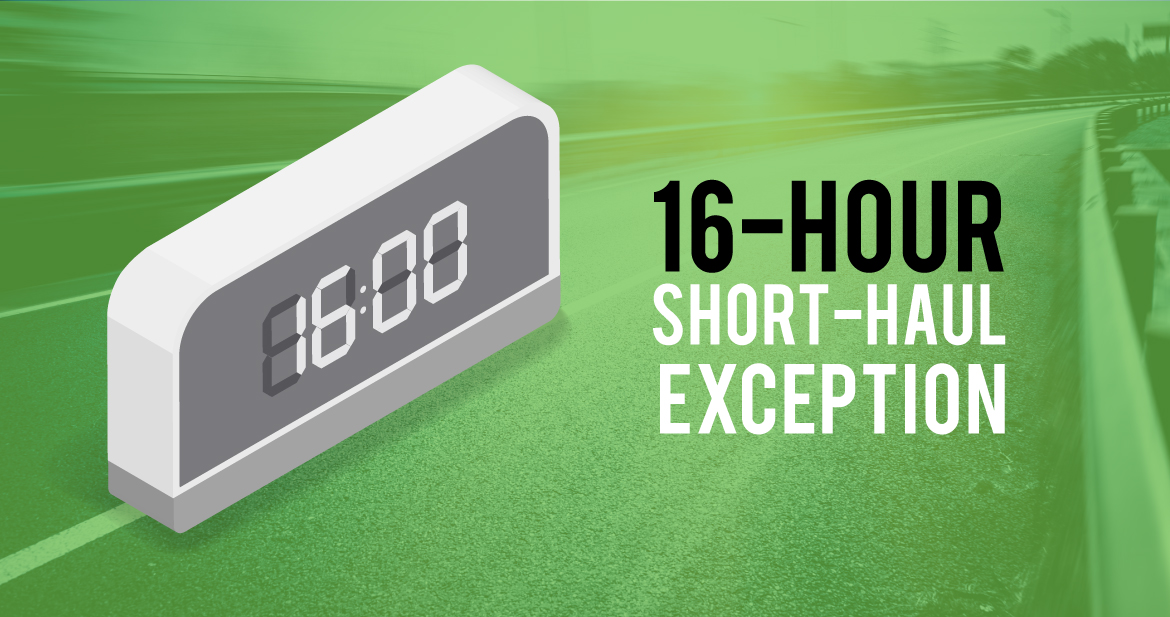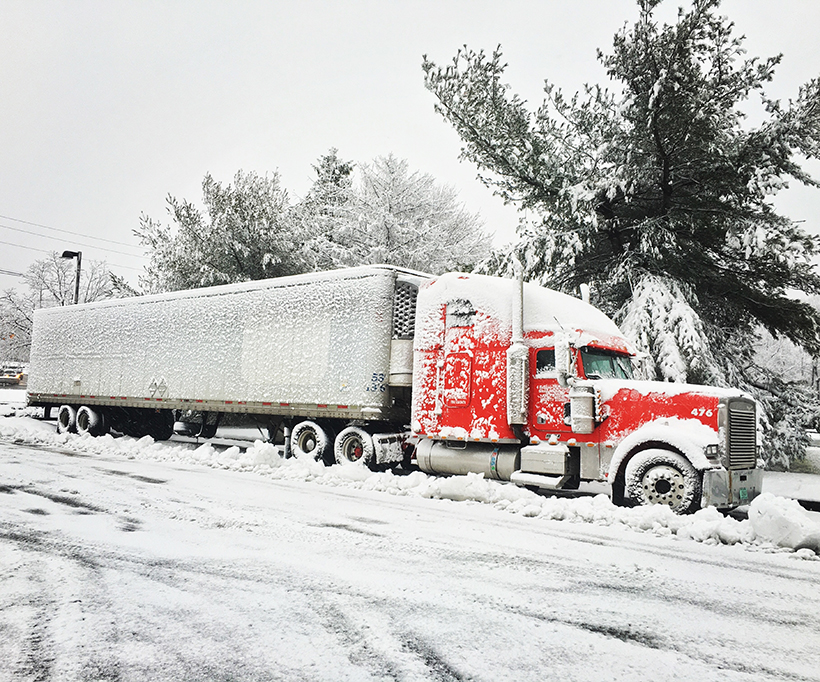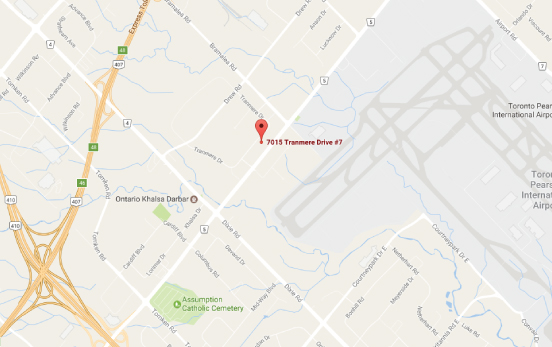Preparing for Audits

The facility audit is a “risk based” assessment of the elements known to cause or contribute to commercial motor vehicle collision, and to reduce their livelihood by Ministry of Transportation (MTO).
Purpose of Audit
The purpose of the Facility Audit is to examine the safety – management controls are properly implemented and maintained, and to ensure the drivers are:
- Qualified to drive the operator’s equipment
- Performing the proper inspections of operator’s equipment add reporting defects
- Complaint with the Hours of Service regulation
The operators are assessed based on the following elements. Each element is rated on range from 0 to 100 points and reflects the operator’s safety performance both on-road and off-road.
3 primary elements
Hours of service
Six months period records are required of both the company drivers and owner operators.
Driver qualification
Two-year period records are required both the company drivers and owner operators or from the date the driver started with the operator (if less), or six months after the driver discontinues.
Vehicle Maintenance
24 months period records are required of all kinds of vehicles belonging to the operators or 6 months after the vehicle ceases to be operated.
These primary elements hold 100 points each and is divided into subcategory. Each subcategory has its own weightings.

Whether you are undergoing audits voluntarily or on request by MTO, the operators need to prepare properly to score high on carrier safety ratings. All the information related to what documents are required and how scores are calculated can be find under Module 6 of Commercial Vehicle Operators’ Safety Manual published by Ministry of Transportation of Ontario.
Disclaimer- The rules and regulations are subject to change any time. Readers must verify with the authority, FMCSA / MTO and must not rely on the contents of this blog.

















